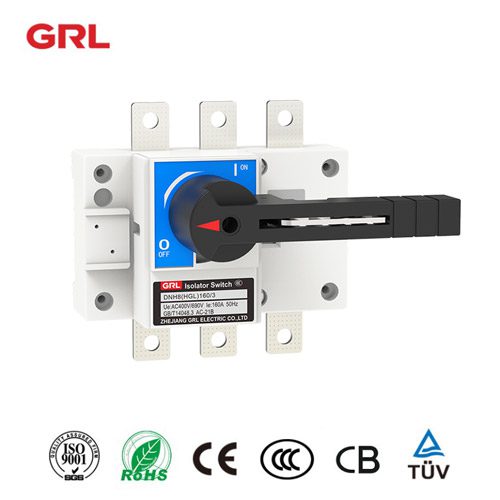
# Load Break Disconnector: Essential for Electrical Safety and Efficiency
## Understanding the Load Break Disconnector
A Load Break Disconnector (LBD) is a crucial component in electrical distribution systems that combines the functions of a switch and a circuit breaker. This specialized device allows for the safe interruption of electrical currents under load conditions while providing visible isolation when needed.
## Key Features and Benefits
### 1. Enhanced Safety Measures
Load Break Disconnectors incorporate multiple safety features:
– Visible isolation gap for maintenance
– Arc quenching mechanisms
– Lockable operation handles
– Clear on/off position indicators
### 2. Operational Efficiency
Modern LBDs offer significant advantages for electrical system operation:
– Faster switching operations
– Reduced maintenance requirements
– Longer service life compared to conventional switches
– Compatibility with remote operation systems
## Applications Across Industries
Load Break Disconnectors find applications in various sectors:
### Power Distribution Networks
Utilities rely on LBDs for:
– Transformer protection
– Feeder switching
– Network reconfiguration
– Temporary isolation for maintenance
### Industrial Facilities
Manufacturing plants use these devices for:
– Machine isolation
– Process control
– Emergency shutdown systems
– Power factor correction circuits
## Technical Specifications to Consider
When selecting a Load Break Disconnector, engineers should evaluate:
### Voltage Ratings
– Standard voltage classes (e.g., 11kV, 33kV)
– Maximum system voltage
– Impulse withstand voltage
### Current Capacity
– Continuous current rating
– Short-circuit withstand capability
– Making and breaking capacity
### Environmental Factors
– Indoor/outdoor installation
– Pollution degree
– Altitude considerations
– Temperature range
## Maintenance and Inspection
Proper maintenance ensures optimal performance:
### Routine Checks
– Visual inspection for damage or corrosion
– Verification of mechanical operation
– Contact resistance measurements
– Insulation resistance tests
### Periodic Maintenance
– Lubrication of moving parts
– Tightening of electrical connections
– Replacement of worn components
– Functional testing under controlled conditions
## Future Developments
The LBD market continues to evolve with:
– Smart monitoring capabilities
– Integration with IoT systems
– Advanced arc suppression technologies
– Compact designs for space-constrained installations
## Conclusion
Keyword: Load Break Disconnector
Load Break Disconnectors play a vital role in maintaining electrical system safety and operational efficiency. Their ability to safely interrupt currents while providing visible isolation makes them indispensable in modern power distribution networks. As technology advances, these devices will continue to incorporate smarter features while maintaining their fundamental protective functions.